Want to contribute to this article?
Many businesses find Kaizen events, standardised working processes and stand up meetings useful for repairing and improving established processes.

Why?
Let's think of our business challenges in tiers of complexity.
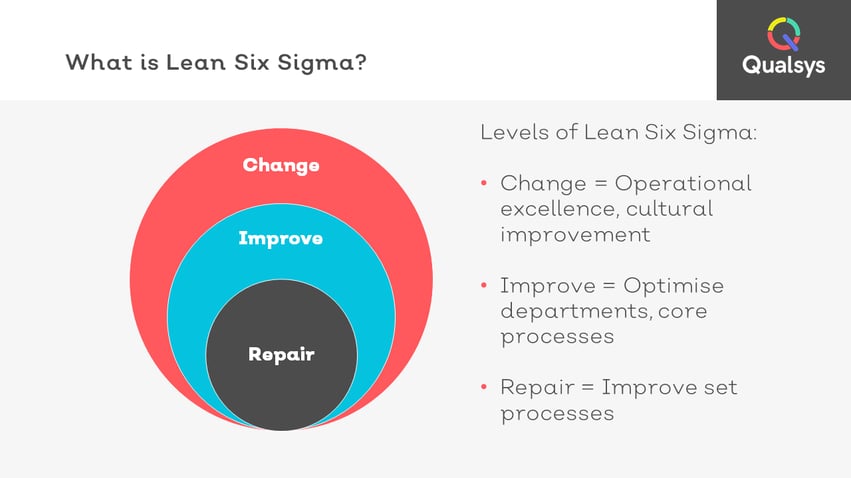
A relatively easy challenge to solve may be that new employees are costing the business because they keep making the same errors. There is already an on-boarding process but it didn't include training from the quality department. This could be fixed by understanding and streamlining the training process for new employees.
However, a more complex business challenge will require greater levels of investment, time and energy. For example, a particular sector of customers may appear to be producing a negative return on investment. Or the business may be considering discontinuing a product or service.
With each of these, there are lots of questions, implications and complexities which need to be understood prior to making any big changes, such as:
- Is the product a loss-leader that is important to attracting customers to other products in the company's portfolio?
- If a customer is not profitable now because the on-boarding costs are high, what about the lifetime value of the customer?
- And so on...
These complex questions can't be answered in one or two kaizen events. They require much more resources, time and energy.
So what tools are available for the complex business challenges?
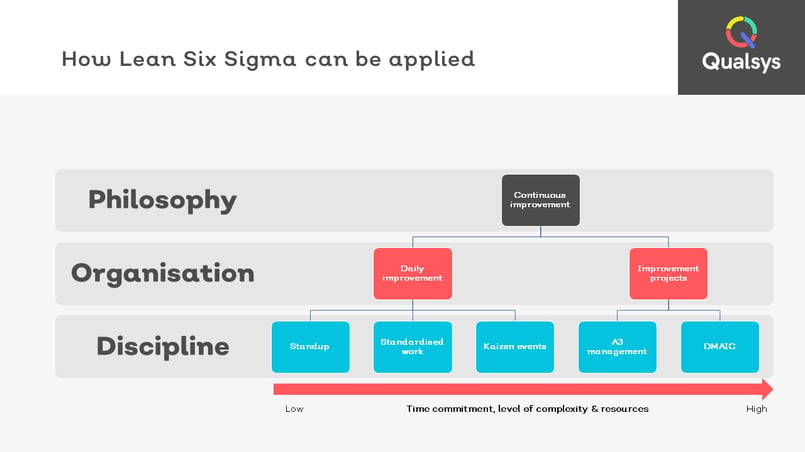
In this article, we've shared how you can apply DMAIC, a common Lean Six Sigma tool, for solving your organisation's complex business challenges. We've also included some training materials you can use to get the investment you need to support complex problem solving.
How to apply DMAIC for complex problem solving
DMAIC is a data-driven improvement cycle used for improving, optimising and stabilising business processes and designs.
1) Define
Some experts add "recognise" prior to define. This is where you will document what is critical to the business (CTX).
CTX may be:
- Critical to quality (CTQ)
- Simplifying product designs
- Exceeding reliability
- Meeting technical requirements
- Critical to delivery (CTD)
- Providing exact amounts
- Minimising shipping damage
- Providing service within a specific time interval
- Critical to process (CTP)
- Reducing in-process inventories
- Reducing cycle times
- Minimising downtime
- Critical to satisfaction (CTS)
- Reducing product variation
- Meeting requirements
Keep all the critical product and service requirements documented as a policy in Document Manager so it can easily be reinforced and reviewed whenever there is a change. This will help to align changes with needs of your stakeholders, and make it easy to update all associated documentation and procedures.
You will need to define in detail the business issue, scope the project idea, define metrics and objectives, quantify the financial impact and assign a team to launch the project.
Tools:
- Customer voice
- SIPOC
- Tree Diagram
- Value stream map
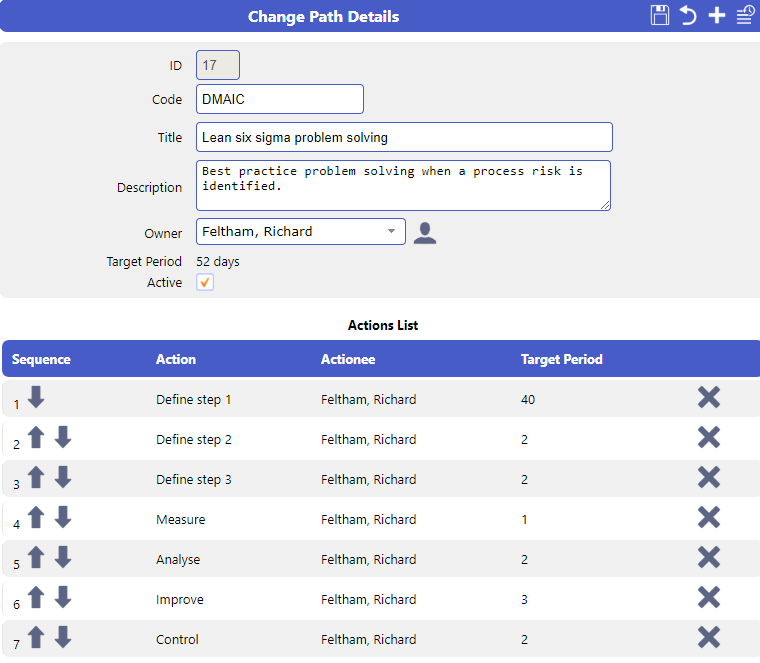
2) Measure
You need accurate, real-time data about how the process is currently performing in order to set realistic and attainable objectives, understand the flaws and opportunities.
In the measure phase, the team will collect a range of data from across the business to quantify the problem. This will also help to calculate the return on investment of any process improvements - helping you to secure important buy-in, resource and get the attention of leadership in the future.
Businesses using EQMS by Qualsys can measure almost any key performance indicator using the Business Intelligence Dashboard. This dashboard provides instant access to important data from across the business.
Tools:
- Data collection plan
- Definitions, terms of reference, value streams
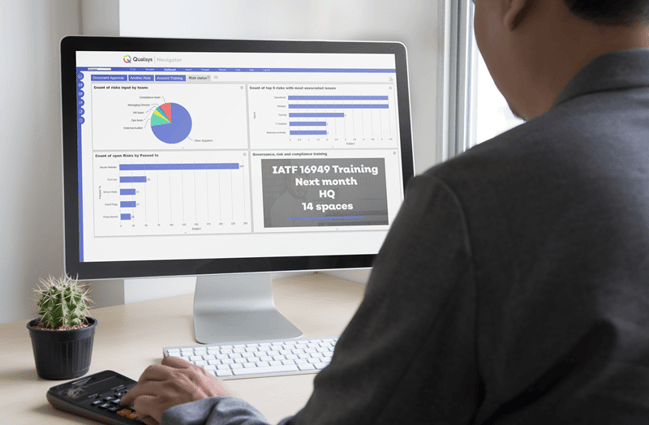
3) Analyse
The next step in the process is to analyse what exactly is causing the problem. All too often, teams jump to easy conclusions, so ensure there is a structured process for root cause analysis.
If using EQMS, you can use workflows or Risk Manager for a best practice approach to 5Ws, DOE and FMEA.
Tools:
- Fishbone
- 5 Whys
- Pareto charts
- Flow analysis

4) Improve
It's now time to design and execute the experiment. Make any recommended changes, update all associated standard operating procedures and create a future process map.
Data is still tracked and the team record any improvements, considerations and impacts.
Tools:
- PDCA
- Documentation and SOPs
- Implementation plan
- Cause and effect analysis
- Benchmarking

5) Control
Even after all the improvement activities, it doesn't stop there. You need to consider how to sustain improvements. Once in place, the team hands these over to the process owner for ongoing maintenance.
If using EQMS, Kiosk is an extension for the Change Manager module, which can be used to capture staff feedback, issues, opportunities, and any unknown impacts using easy graphics in under 10 seconds.
Tools:
- Feedback
- Control plan and control charts
- SPC charts
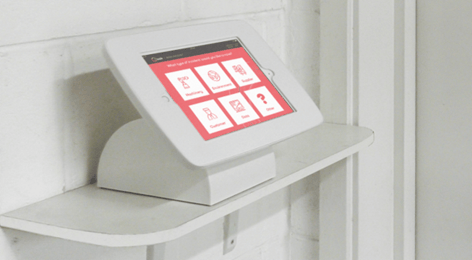
What you should do now:
Access our free online training materials for Lean Six Sigma.





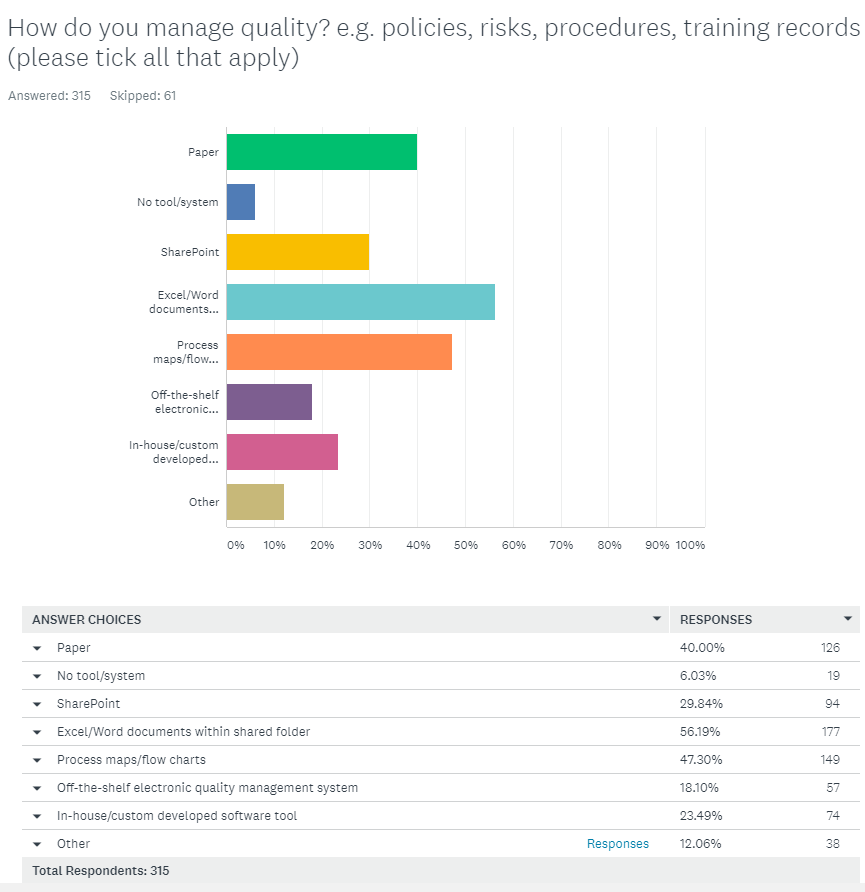



Share your thoughts on this article